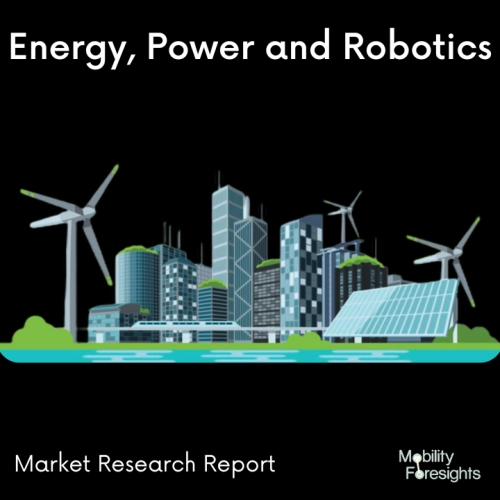
- Get in Touch with Us

Last Updated: Apr 25, 2025 | Study Period: 2022-2030
An electrolyte separates the anode and cathode of an electrolyzer.Sustainable power (where accessible) is utilized to part water into hydrogen and oxygen, shaping vaporous hydrogen.Green ammonia is produced by feeding this carbon-free hydrogen into an existing ammonia plant.
Unlike conventional ammonia, which is typically produced using natural gas as a feedstock, green ammonia is produced by producing electricity with solar, wind, and hydropower.
This electricity is then fed into an electrolyser to extract hydrogen from water, while an air separation unit separates nitrogen from air.Green ammonia has the potential to become a future climate-neutral shipping fuel and be used in the production of carbon-neutral fertilizer products, decarbonizing the food value chain.
The production of green ammonia makes use of renewable energy sources like wind turbines, solar power, and hydroelectric power.Over the past century, ammonia has been utilized extensively as a fertilizer.
Researchers and entrepreneurs now believe that "green" ammonia can become a significant clean fuel source for generating electricity and powering ships by utilizing renewable energy and a novel method of producing it.

TheGlobal green ammonia electrolyzer market accounted for $XX Billion in 2021 and is anticipated to reach $XX Billion by 2030, registering a CAGR of XX% from 2022 to 2030.
LSB Industries, Inc. announced that it had signed agreements with thyssenkrupp Uhde USA, LLC and Bloom Energy to develop a project that would produce approximately 30,000 metric tons of zero-carbon, or "green," ammonia annually at the LSB facility in Pryor, Oklahoma.
An electrolyser powered by a renewable energy source, like solar or wind, is used to extract hydrogen from water in order to produce green ammonia.The end product produces no carbon emissions because neither the power source nor the feedstock for the ammonia production process are made of natural gas or any other fossil fuel.
The engineering plan to convert some of Pryor's conventional, or "grey" ammonia capacity, into green ammonia will be created by Thyssenkrupp Uhde.
The project will be constructed in two phases, subject to the findings of the current feasibility study and subsequent board approval:first, Bloom will supply a solid oxide electrolyser that has a 10 MW capacity. Then, a 20 MW alkaline electrolyzer unit from a reputable manufacturer will be installed.
The solid oxide electrolyzer, which will be the world's largest when operational, will be owned, operated, and maintained by Bloom.Pryor will be the largest green ammonia production site in North America when the second electrolyser is installed and operational.
It is anticipated that the green hydrogen produced by the electrolysers during the ammonia production process will be eligible for federal incentive programs like the production and investment tax credits that Congress is currently evaluating.
| Sl no | Topic |
| 1 | Market Segmentation |
| 2 | Scope of the report |
| 3 | Abbreviations |
| 4 | Research Methodology |
| 5 | Executive Summary |
| 6 | Introduction |
| 7 | Insights from Industry stakeholders |
| 8 | Cost breakdown of Product by sub-components and average profit margin |
| 9 | Disruptive innovation in the Industry |
| 10 | Technology trends in the Industry |
| 11 | Consumer trends in the industry |
| 12 | Recent Production Milestones |
| 13 | Component Manufacturing in US, EU and China |
| 14 | COVID-19 impact on overall market |
| 15 | COVID-19 impact on Production of components |
| 16 | COVID-19 impact on Point of sale |
| 17 | Market Segmentation, Dynamics and Forecast by Geography, 2022-2030 |
| 18 | Market Segmentation, Dynamics and Forecast by Product Type, 2022-2030 |
| 19 | Market Segmentation, Dynamics and Forecast by Application, 2022-2030 |
| 20 | Market Segmentation, Dynamics and Forecast by End use, 2022-2030 |
| 21 | Product installation rate by OEM, 2022 |
| 22 | Incline/Decline in Average B-2-B selling price in past 5 years |
| 23 | Competition from substitute products |
| 24 | Gross margin and average profitability of suppliers |
| 25 | New product development in past 12 months |
| 26 | M&A in past 12 months |
| 27 | Growth strategy of leading players |
| 28 | Market share of vendors, 2022 |
| 29 | Company Profiles |
| 30 | Unmet needs and opportunity for new suppliers |
| 31 | Conclusion |
| 32 | Appendix |